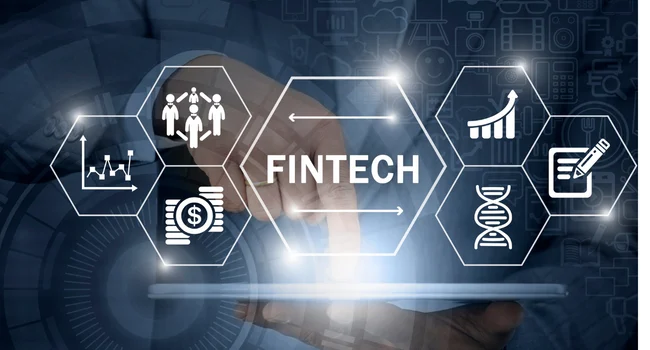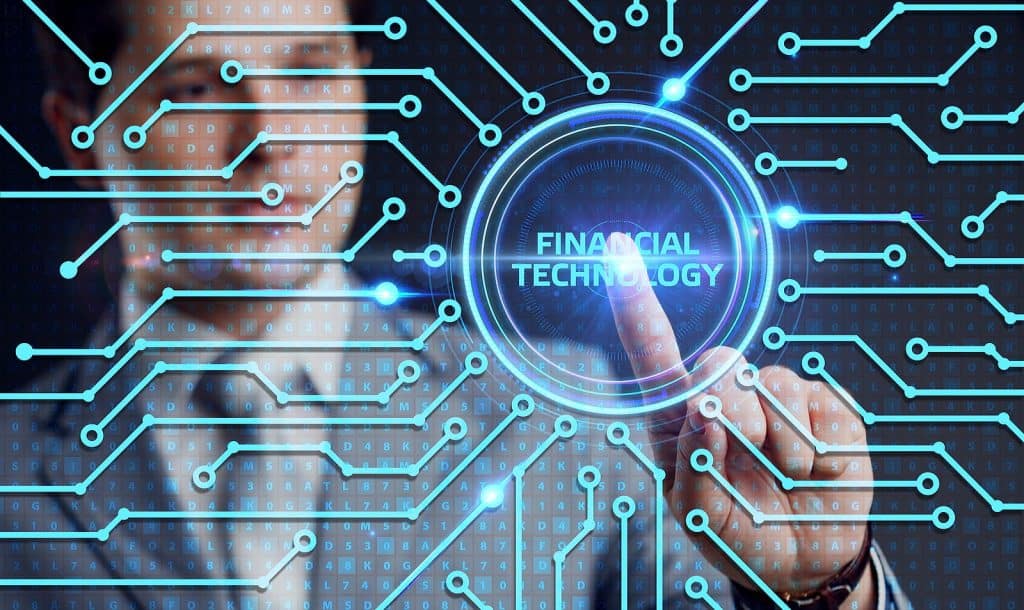Welcome to the world of fintech, where innovation meets finance in a dynamic dance that’s reshaping how we manage our money. The financial technology revolution is not just a buzzword; it’s a seismic shift altering everything from banking to investing. In today’s fast-paced digital era, traditional methods are giving way to sleek apps and platforms designed for convenience and efficiency. Whether you’re curious about mobile payments or blockchain technology, understanding fintech will open your eyes to endless possibilities. Join us as we explore the ins and outs of this exciting landscape!
What is Fintech?
Fintech, short for financial technology, encompasses a broad range of innovations that streamline and enhance financial services. It merges finance with technology to create new solutions that make managing money easier and more efficient.
At its core, fintech includes everything from mobile banking apps to cryptocurrency exchanges. These tools enable users to conduct transactions swiftly and securely.
Consumers today can send money instantly, invest in assets through user-friendly platforms, or even secure loans without stepping into a bank branch.
The rise of fintech has empowered individuals and businesses alike by democratizing access to financial resources. More people are now able to participate in investment opportunities previously reserved for the privileged few.
As technology continues evolving, so does the landscape of fintech—making it an exciting space filled with potential growth and innovation.
The Evolution of Financial Technology
The evolution of financial technology is a fascinating journey. It began with simple tools for record-keeping, like ledgers and calculators. Over time, computers emerged, revolutionizing how data was processed.
With the rise of the internet in the late 20th century, online banking became possible. This shift marked a pivotal moment. Consumers gained access to their accounts from anywhere at any time.
As smartphones entered our lives, mobile payment apps surged in popularity. Suddenly, transactions were just a tap away. The introduction of blockchain technology further disrupted traditional finance by providing secure and transparent methods for conducting transactions.
Today’s fintech landscape includes everything from robo-advisors to peer-to-peer lending platforms. Each innovation builds on previous advancements while addressing modern consumers’ needs more effectively than ever before.

How Fintech is Changing the Financial Industry
Fintech is reshaping the financial industry in profound ways. Traditional banking processes are being streamlined, making transactions faster and more efficient. The rise of mobile banking apps allows users to manage their finances on-the-go.
Cryptocurrencies have introduced an alternative form of currency, challenging conventional money systems. This shift invites new investment opportunities and diversified portfolios for individuals and businesses alike.
Furthermore, automated services like robo-advisors provide personalized financial advice at a fraction of traditional costs. They analyze data quickly to offer tailored solutions based on individual goals.
Peer-to-peer lending platforms are transforming how loans are sourced, cutting out intermediaries and enabling direct connections between borrowers and lenders. This accessibility can democratize finance for those who might otherwise struggle with traditional banking hurdles.
The integration of AI and machine learning enhances risk assessment models while improving fraud detection techniques. These advancements create safer environments for consumers engaging in digital transactions across various platforms.
Examples of Fintech Companies and Products
Fintech has introduced a plethora of innovative companies and products reshaping the financial landscape. One prominent example is PayPal, which revolutionized online payments by offering secure transactions without needing to share bank details.
Another standout player is Square, known for its mobile payment solutions that empower small businesses. Their card reader allows merchants to accept credit cards via smartphones effortlessly.
Robo-advisors like Betterment provide automated investment management services. They use algorithms to create personalized portfolios, making investing accessible for everyone.
Cryptocurrency platforms such as Coinbase have gained traction by simplifying buying and selling digital currencies. This accessibility brings new opportunities for investors seeking alternative assets.
Peer-to-peer lending platforms like LendingClub connect borrowers directly with lenders, bypassing traditional banks entirely. This model offers competitive rates while facilitating personal loans or business financing quickly and efficiently.
Advantages and Disadvantages of Fintech
Fintech offers numerous advantages that can transform the financial landscape. One major benefit is increased accessibility. Many people now have access to banking services via their smartphones, making it easier for those in remote areas or with limited resources to engage with financial markets.
Cost efficiency is another significant advantage. Fintech companies often operate with lower overhead costs than traditional banks, allowing them to pass savings onto consumers through reduced fees and better interest rates.
However, there are downsides to consider as well. Security concerns loom large in the fintech space. With so much personal data at stake, breaches can lead to identity theft and fraud.
Additionally, regulatory challenges continue to evolve. As fintech grows rapidly, keeping up with compliance can be a daunting task for startups without the same resources as established institutions. Balancing innovation while ensuring consumer protection remains a critical issue for the industry.
Potential Future Developments in Fintech
The future of fintech is poised for remarkable advancements. Emerging technologies like artificial intelligence and machine learning will further personalize financial services. Expect algorithms to analyze consumer behavior, offering tailored solutions that meet individual needs.
Blockchain technology holds immense promise too. It can revolutionize transaction methods by enhancing security and transparency, reducing fraud in the process.
Decentralized finance (DeFi) will likely gain traction, making traditional banking less relevant for many consumers. This shift could democratize access to financial tools globally.

Moreover, regulatory changes may encourage innovation while ensuring consumer protection. Governments are increasingly recognizing the importance of fostering a supportive environment for fintech growth.
Sustainability trends might influence fintech products focusing on ethical investments or green financing options. As awareness around climate change grows, so does demand for responsible investment strategies within financial technology platforms.
Perguntas Frequentes
What is fintech?
Fintech, short for financial technology, refers to the integration of technology into offerings by financial services companies. It aims to improve and automate the delivery of financial services.
How has fintech evolved over time?
The evolution of fintech began with simple electronic banking systems in the 1980s. Over the years, it expanded rapidly with innovations like online payments, mobile banking apps, and blockchain technology.
What impact does fintech have on traditional banks?
Fintech is transforming how traditional banks operate. Many are adopting new technologies to stay competitive while focusing on enhancing customer experience through digital solutions.
Can you give examples of popular fintech companies?
Certainly! Notable examples include PayPal for online payment processing, Robinhood for commission-free trading, and Stripe for payment processing solutions tailored for businesses.
What advantages do users gain from using fintech products?
Users benefit from increased convenience and accessibility. Fintech often reduces costs associated with transactions and offers user-friendly interfaces that enhance user engagement.
Are there disadvantages to consider when using fintech services?
Yes. While there are many benefits, potential drawbacks include security risks related to data privacy and a lack of regulation compared to traditional finance options.
What might we expect in future developments within fintech?
Future trends may involve greater use of artificial intelligence in personal finance management or further advancements in blockchain applications across various sectors beyond just cryptocurrencies. The industry will likely continue evolving as consumer needs change alongside technological advances.











